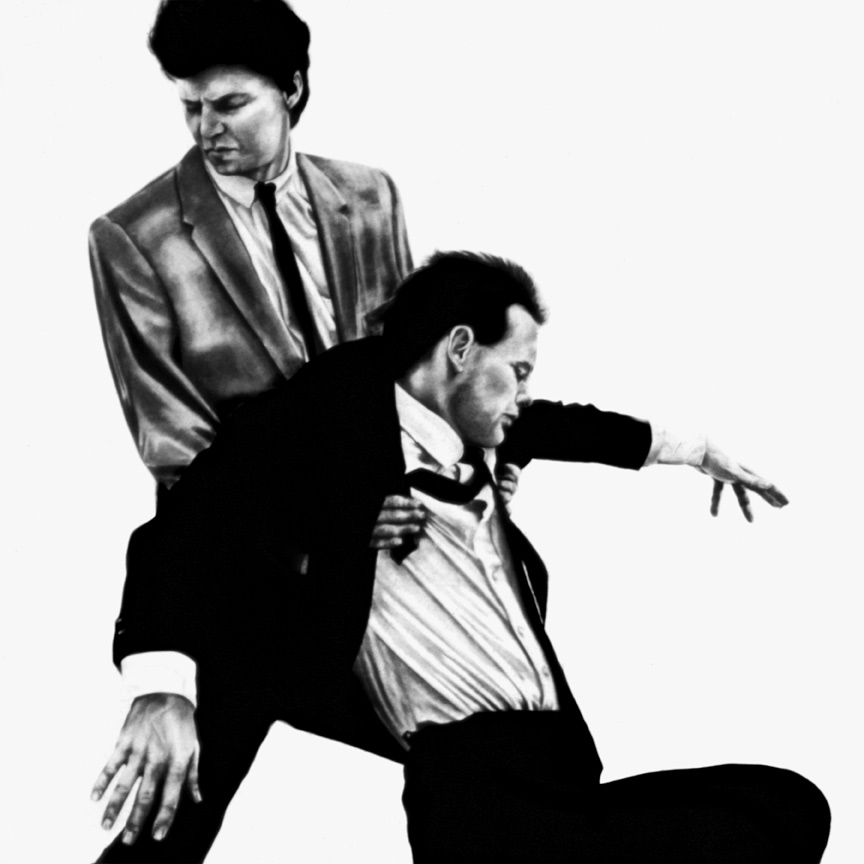
Glenn Branca
Lesson Nº 1 + The Ascension
Glenn Branca has always been a musician positioned halfway between the role of avant-garde composer and that of a rock musician. A pupil and disciple of the masters of American minimalism such as La Monte Young, Terry Riley, Philip Glass and Steve Reich, he has always had to fight against prejudice and fierce criticism. His position was certainly uncomfortable, too academic for rock fans and too “politically incorrect” for academics. In fact, Branca was trying to unhinge all the limits imposed by the rigid schemes of the avant-garde, aware of the fact that those who want to be truly avant-garde should have no limits. John Cage was also able to criticize him, even calling him a fascist ( Luciano Berio also did so for all minimalists) for the excessive rigidity of his compositions, even though he recognized his innovative power. After having created his best known album, The Ascension (1981), a true monument of maximalism played with a classical rock formation (guitars, bass and drums), he tries to approach a different format, the Symphony, as always halfway between rock and academia. Branca will like the experiment and will re-propose it several times in the following decades, to date there are sixteen symphonies (not all recordings are available). Here is how young Branca’s ensemble appeared to the American composer John Adams in one of his first live performances of the First Symphony: “Branca’s event that I listened to at the Japan Center Theater in San Francisco in 1981 was one of his symphonies for guitar . The group didn’t look very different from thousands of other independent or alternative rock bands of the time: guys in jeans and worn t-shirts busy with cables while maintaining that typical distracted expression of rock musicians.



